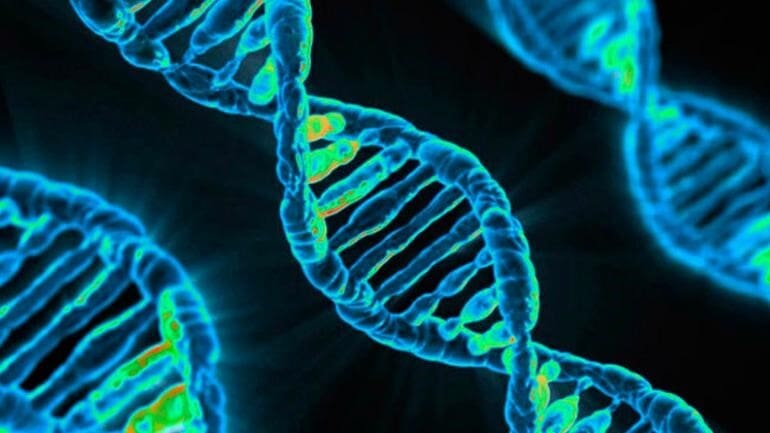
MicrobioSeq represents the microbial genomics division of CD Genomics, headquartered in New York, USA. CD Genomics is a genomics service company with a good reputation for providing reliable sequencing, genotyping, microarray, and bioinformatics services. To help scientists reveal the microbial community structure, evolutionary relationships of eukaryotes, and the correlation between eukaryotes and the environment, CD Genomics MicrobioSeq launched the Eukaryotic 18S rRNA Sequencing service.
Similar to bacterial diversity analysis, there are three types of ribosomal RNA (rRNA) in eukaryotic microorganisms, including 5.8S rRNA, 18S rRNA and 28S rRNA. 18S rRNA genes are DNA sequences encoding small subunits of eukaryotic ribosomes, which have both conserved and variable regions (V1-V9, no V6 region). The conserved regions reflect the affinities among biological species, while the variable regions reflect the differences among species and are suitable for use as taxonomic criteria at the species level and above.
18S rRNA gene sequencing is commonly used to identify, classify and quantify microorganisms in complex biological mixtures, such as samples collected from the environment and the gut. Phylogenetic trees can also be constructed using various eukaryotic 18S rRNA gene sequences for analysis of genetic diversity and evolutionary relationships of eukaryotes. 18S rRNA sequencing is a powerful tool to better understand ecosystems by analyzing eukaryotic taxonomy, evolution, ecology and diversity.
“18S rRNA sequencing remains the gold standard for detecting eukaryotic molecular phylogenies. Our integrated 18S rRNA sequencing platform uses a combination of advanced sequencing technologies and quantitative PCR (q-PCR) to accurately analyze 18S rRNA genes. The platform allows short-read long 18S rRNA sequencing by NGS (Illumina PE250/300) or full-length 18S rRNA sequencing by PacBio SMRT sequencing or Nanopore sequencing. Long-read sequencing technology breaks the read length limit and provides more accurate species-level identification. Quantitative PCR can be used to quantify microbial species and validate sequencing data,” commented the chief scientist of CD Genomics.
Through the years, CD Genomics has become a leading provider of microbiology solutions to research institutions and biological companies. Equipped with platforms such as Illumina Hiseq/Miseq, PacBio Sequel, Oxford MinIONTM, Oxford GridIONTM, PCR-DGGE (PCR-denaturing gradient gel electrophoresis), real-time qPCR, and cloning libraries, CD Genomics is committed to ensuring accurate and thorough microbiological analysis and complex bioinformatics analysis pipelines through standardized laboratory methods based on these platforms.
About the MicrobioSeq Division of CD Genomics
MicrobioSeq is the microbial genomics division of CD Genomics, which is a genomics service company with a good reputation for providing reliable microbial sampling products, microbial testing services, microbial genomics services, and integrated bioinformatics services.
Contact
Address: Shirley, NY 11967, USA
Email: [email protected]
website: https://www.cd-genomics.com/microbioseq/eukaryotic-18s-rrna-sequencing.html